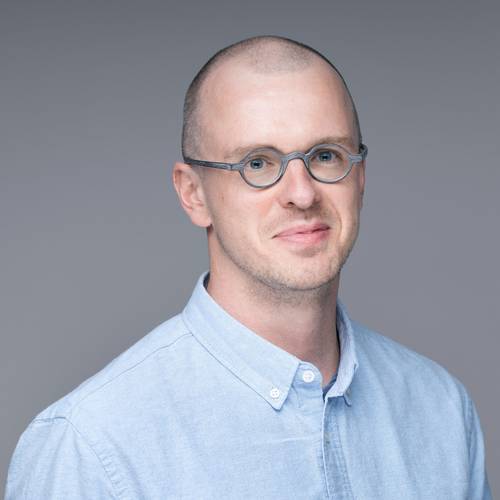About This Webinar
It is no longer sufficient for a laser to work fine for several days in a nonlinear microscopy lab. Routine two- and three-photon imaging depends on reliable laser output parameters over weeks and months in terms of output power and energy stability. Quantifying these characteristics is not a straightforward task however and cannot be adequately described by a few generic datasheet statements, such as something being less than one percent. Laser technology has advanced to the point where routine performance exceeds values that were considered good enough some years ago, while improvements in imaging techniques have placed increased demands on laser parameters.
Kontenis attempts to clarify some of the confusion with advanced stability measurements, including pulse-resolved energy stability at MHz repetition rates over seconds, relative intensity noise (RIN) over a broad frequency range, and continuous average power measurements exceeding 1000 hours in the VIS-NIR-SWIR wavelength regions for a broad range of devices, including femtosecond oscillators, amplified lasers, and OPAs.
*** This presentation premiered during the
2023 BioPhotonics Conference. For more information on Photonics Media conferences and summits, visit
events.photonics.com.
About the presenter

Lukas Kontenis, Ph.D., is a research and development engineer at Light Conversion working on laser sources for nonlinear microscopy, transient absorption spectroscopy, and laser noise metrology. He has a doctorate from the University of Toronto on nonlinear harmonic-generation polarimetric microscopy.